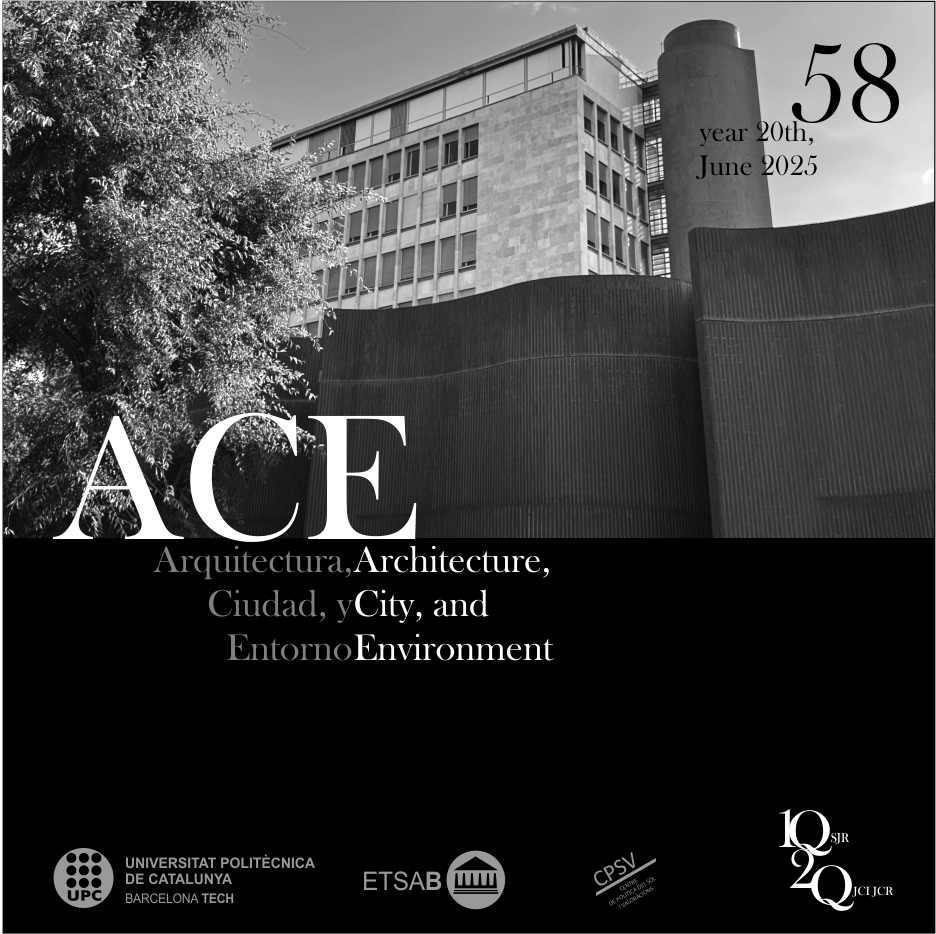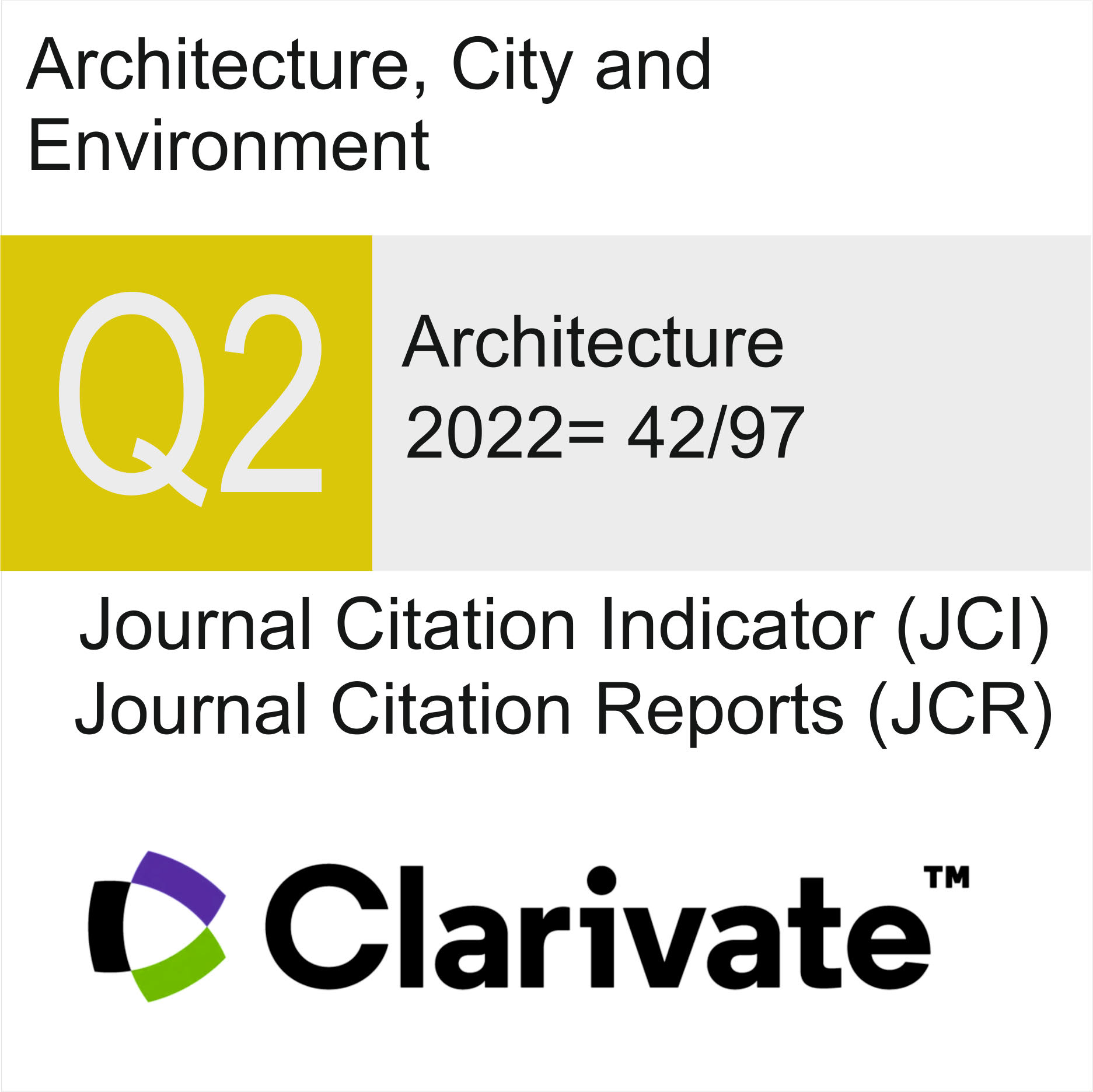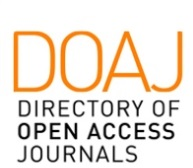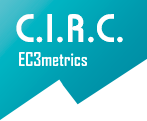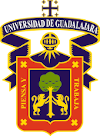Identification of Potential Technical Conflicts and Opportunities Arising from the Insertion of Collaborative Transport Robots (CTRs) in the Near Urban Environment: A Preliminary Field Study
DOI:
https://doi.org/10.5821/ace.20.58.13397Keywords:
conflicts, opportunities, Collaborative Transport Robot (CTR), near urban environmentAbstract
The Collaborative Transport Robot (CTR) is the result of the maturation of electric transport technologies combined with artificial intelligence, applied to a vital task in the near urban environment: the retail transport of goods in collaboration with its citizens. These devices are already appearing in some cities in the service of the new economy of digital commerce. It is necessary to consider the possible technical implications, suspecting both conflicts and opportunities, that their insertion in the near urban environment may trigger. This contribution is part of a project carried out in collaboration with a robotics engineering research institute concerned with the functional challenges posed by the introduction of CTRs in the daily mobility of this urban environment. To this end, observations have been made in various towns in the metropolitan area of Barcelona, taking advantage of the pilot field tests with CTRs; the considerations issued have been based on a qualitative methodology and have been ordered according to the twelve main vectors of this technology. The images collected during the observations show that many of the challenges detected will manifest themselves in the future according to determining aspects such as the service management profile of the CTRs, the speed of their implementation, the diligence of the authorities in their regulation or the capacity of these devices to acquire the necessary information in real time for their circulation in the near urban environment.
Published
Issue
Section
License
| INTELECTUAL PROTECTION CRITERIA |
At this moment, it is count with the "Oficina Española de Patentes y Marcas", while global protection it is being processed by the World Intelectual Property Organization (OMPI/WIPO). Nevertheless the International Standard Serial Number Office (ISSN) has given the following numbers ISSN: 1886-4805 (electronic version) and 1887-7052 (paper version). All articles will be peer reviewed, using double blind reviewing. |
| COPYRIGHT |
The article contents and their comments are authors exclusive liability, and do not reflect necessarily the journal editor commitee's opinion. All ACE published works are subject to the following licence CC BY-NC-ND 3.0 ES http://creativecommons.org/licenses/by-nc-nd/3.0/es/ It implies that authors do not hold nor retain the copyright without restrictions but only those included in the licence. |


